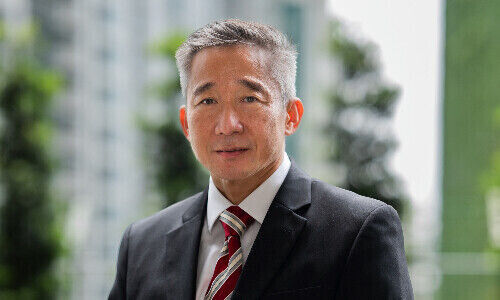Institutional Investors in Asia Warming to Alternative Investments
With the protracted low-yield environment and uncertain economic outlook, many institutional investors in Asia ex-Japan have been actively looking to allocate more to alternative investments.
At the forefront of this trend are state pension funds in Korea, Taiwan, and Malaysia says global research and consulting firm Cerulli Associates its latest report «The Cerulli Edge - Asia-Pacific Edition, 2nd Quarter 2017»
Already burdened by their growing liabilities, many state pension funds in the region are taking a blow from slumping returns on their traditional investments and are facing greater pressure to deliver better investment performance.
Target Allocations
Some institutions in Korea, Taiwan, Malaysia, and Singapore have even set target allocations for alternatives, and are expected to invest more money into this space.
In Asia ex-Japan, Korean institutions have taken the lead in alternative investments, with many aiming to have at least a 20 percent allocation to this segment before 2020.
Stronger Returns
Besides the issue of low yields, Korean state pension funds have received a government directive to increase allocations to overseas and alternative investments, by two to three percentage points.
Further encouraging institutions such as the Korea Teachers Pension Fund and the National Pension Fund is the fact that their alternative allocations gave them the strongest returns on their investment portfolios in 2015, relative to other asset classes.
Cerulli sees competition in this space becoming tighter as more asset managers try to get a slice of this increasingly attractive pie. Failure to build and position expertise in this space will be costly for managers that have not already done so.






























